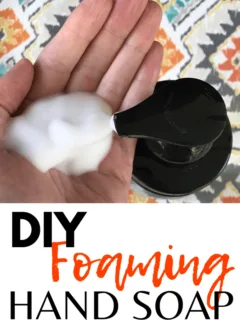Find secret Amazon Warehouse deals on the app and site using my proven tips and tricks! Amazon Warehouse is a little-known way to score huge discounts on Amazon. However it isn’t easy to find the best bargains – you have to know a few secret tricks, which I’ll show you below. I’ve used these tricks …
Money Saving Tips For Families
Here are my best money saving tips for families and anyone trying to live a rich life on a budget.
Where to buy discount Disney gift cards and how to spot the best Disney gift card deals. Using discount Disney gift cards for Disney World vacations is a great way to save money. You can use Disney gift cards to pay for: Food and drinks at Disney World and Disneyland A Disney vacation package Disney …
The number one way I stretch our travel budget is by leveraging points and miles I earn through credit card use. Right now one of my favorite travel cards card_name is offering a great welcome bonus. bonus_miles_full These miles are easy to use to save hundreds of dollars on a Disney World vacation! Read on …
How to check your Amazon promotional credit plus everything you need to know about using your Amazon digital credits! It’s pretty easy to earn credits on Amazon that you can use towards eBooks, music downloads, and video rentals or purchases. The trick is knowing what credits you have and actually using them! This post …
I started this blog as a hobby over eight years ago on a super low budget. I’ve managed to keep my blogging expenses low and four years ago I started earning a full-time income from the blog. In this post, I’ll share my strategy for how to start a successful blog on a shoestring budget, …
Here are my BEST tips for saving money on groceries from someone who feeds her family for under $500 per month! Groceries are the second largest expense for most households after their mortgage or rent. Finding ways to reduce your grocery budget while still eating healthy, nourishing food is key to saving lots of money …
How to make foaming hand soap from liquid castile soap and water! Never buy hand soap from the store again. I’ve made my own foaming hand soap for most of the past year and I’m finally getting around to sharing this with y’all… sorry it has taken me so long! I learned somewhere on the …
I have a secret weapon for saving money – one that makes my money disappear into a savings account before I ever have a chance to spend it! The key is to automate your savings and I’ll show you how to do it in this post with a free online savings account. How to Automate …
If you are looking for free things to do with kids who are off school, then this post will definitely help! Here are thirteen ideas for having fun as a family that don’t involve money or going somewhere inside. As you can tell from the pictures, we have done ALL of these ourselves at one …
Here is my master list of resources I use to help us live a rich life on a budget! Saving on Everyday Expenses DOSH – Dosh might be the easiest way to get cash back on purchases you’d make anyway. Learn more about Dosh here! Shell Fuel Rewards – the super-easy way I save $0.06 …










